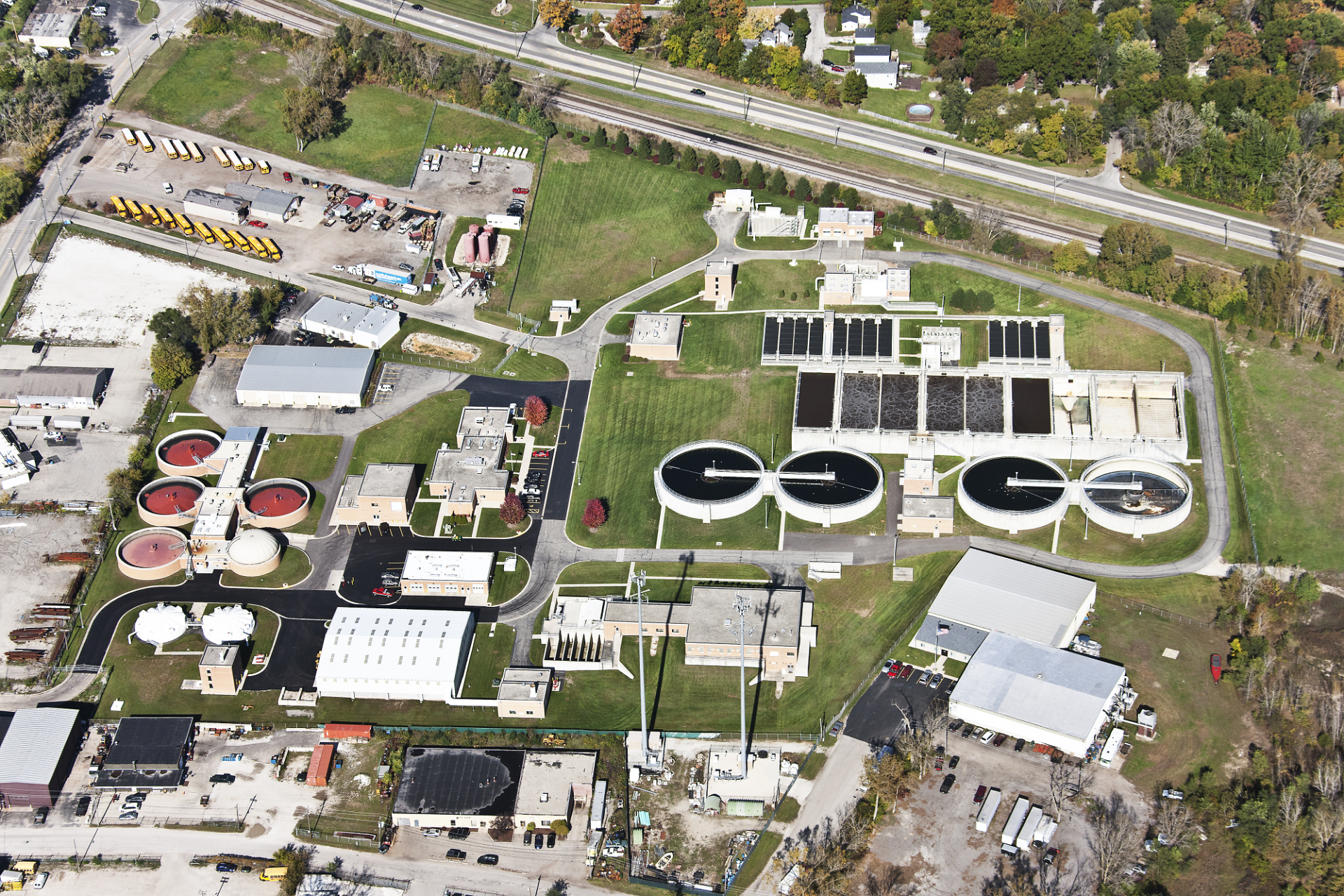Fox Lake NWRWRF Phosphorus Removal Feasibility Study
The Northwest Regional Water Reclamation Facility (NWRWRF) provides wastewater treatment service to a number of communities throughout northwest Lake County, including the Villages of Fox Lake, Hainesville, Lake Villa, Round Lake, Round Lake Beach, Round Lake Heights, Round Lake Park, as well as Lake County Public Works, Lakes Region Sanitary District, Round Lake Sanitary District, and Utilities, Inc. TAI is preparing the Phosphorus Feasibility Study for the NWRWRF.
The existing facilities at the NWRWRF include the capabilities to biologically remove nitrogen and to chemically remove phosphorus. The existing NPDES permit includes a phosphorus effluent limit of 1.0 mg/L.Special Condition 16 of the NPDES permit requires the preparation of a Phosphorus Removal Feasibility Report. The report must include the improvements necessary, time frame for implementation, and associated costs to achieve total phosphorus concentrations of 0.5 mg/L and 0.1 mg/L on a seasonal and year-round basis.
The TAI team is working with NWRWRF staff to evaluate measures to enhance the existing treatment facility’s ability to remove phosphorus. TAI developed a sampling protocol including key locations within the treatment process for sampling phosphorus, COD, BOD, TSS, and nitrogen levels. This allowed for benchmarking of phosphorus removal throughout the existing facility. Based on this information, TAI evaluated the benefits and feasibility of implementing minor process changes. The evaluation also includes analysis and cost estimates for implementation of chemical phosphorus (Chem-P) and biological phosphorus (Bio-P) removal alternatives.
As part of the Chem-P analysis, TAI worked with the NWRWRF staff to define Jar Testing procedures, as well as dosing requirements necessary to achieve the desired effluent phosphorus limits. Based on this analysis, TAI is preparing capital and operational cost estimates for each effluent level. The Bio-P feasibility analysis includes further evaluation of the existing MLE process and the upgrades necessary to implement biological phosphorus removal (BPR) processes. Alternatives that were considered include A2O, UCT, Bardenpho, and Johannesburg.
Suspended solids concentrations have a significant impact on effluent phosphorus. TAI collaborated with NWRWRF staff to identify and evaluate technologies to achieve ultra-low suspended solids concentrations in the effluent, including membranes and deep bed filtration.
In addition, TAI considered the impacts and potential benefits of incorporating side-stream treatment to reduce the overall nutrient loading to the biological process. Side stream alternatives under consideration include nutrient recovery from the anaerobic digestion system such as Multi-Form , Ostara
, Ostara , or AirPrex.
, or AirPrex.

